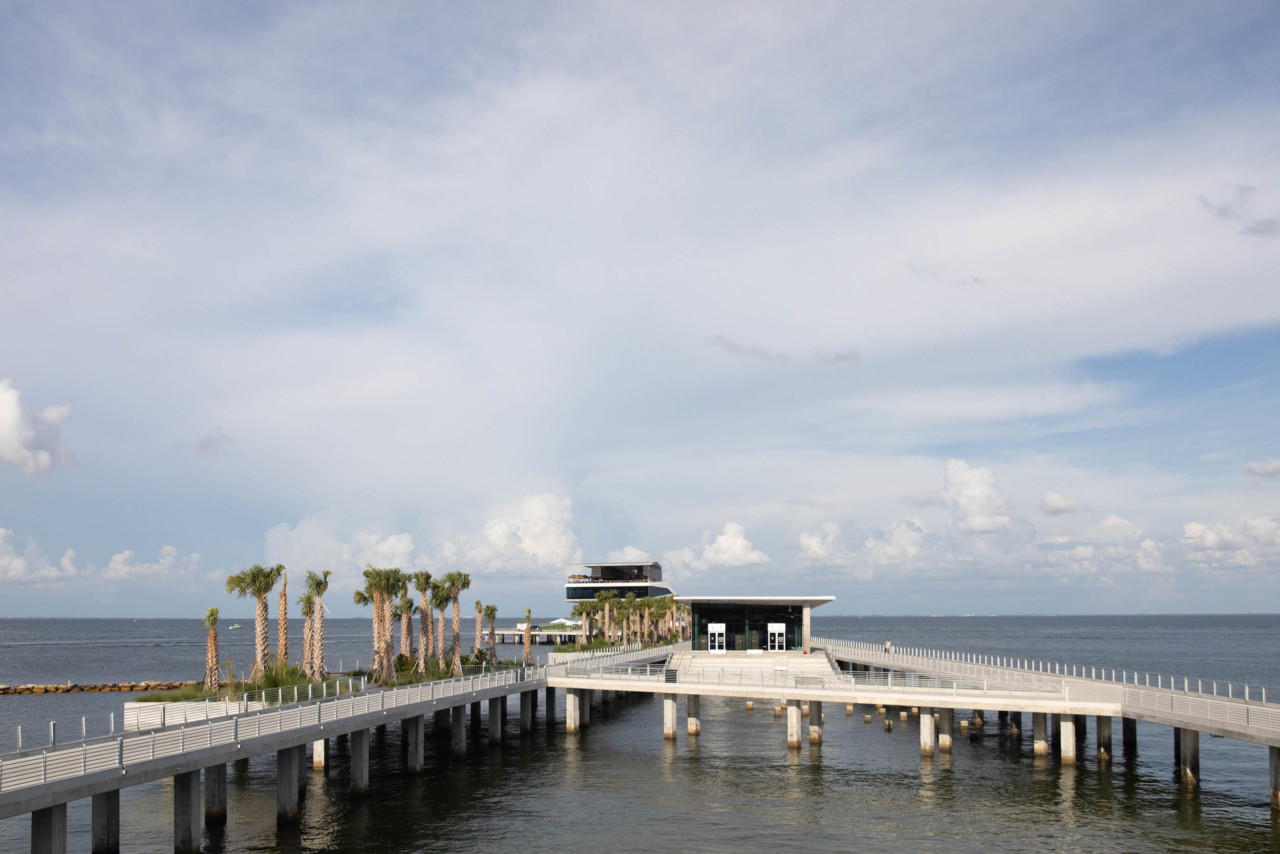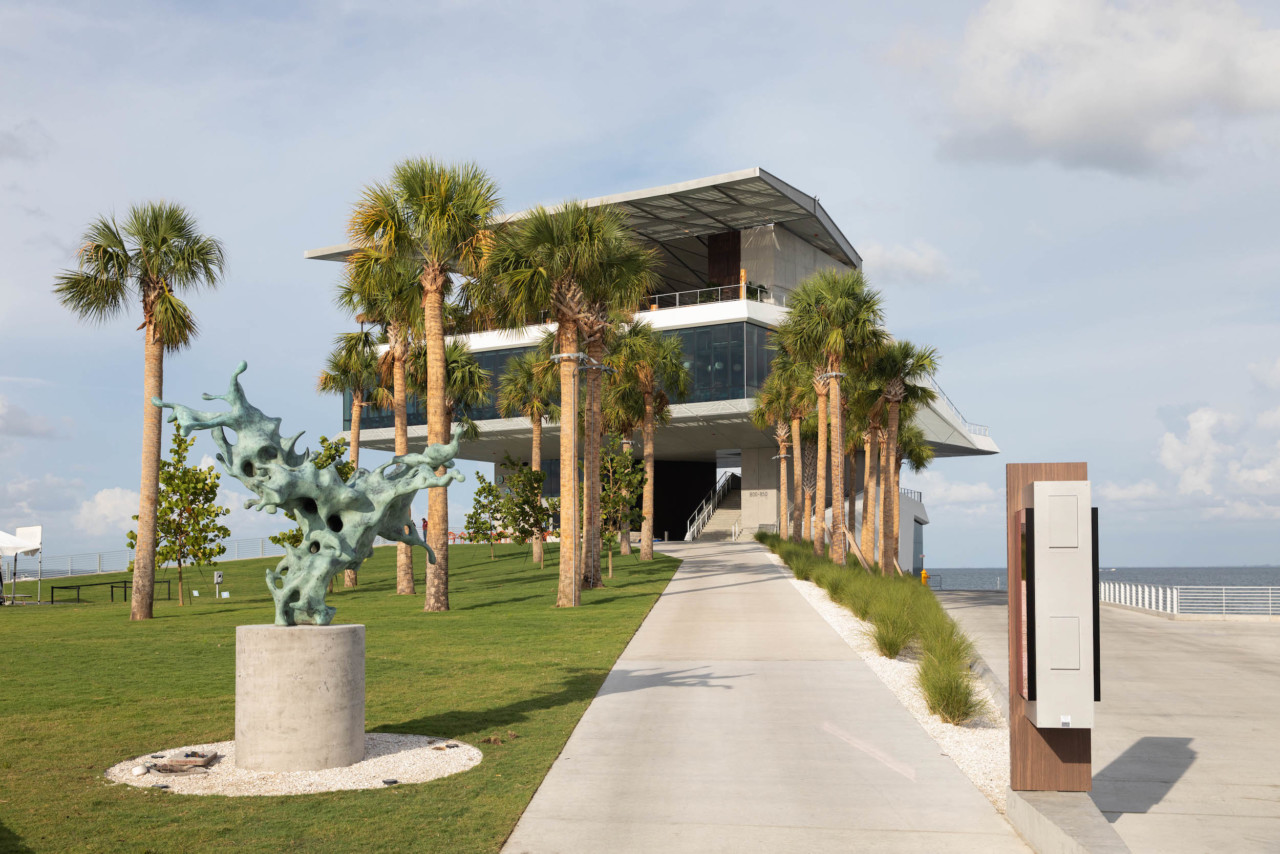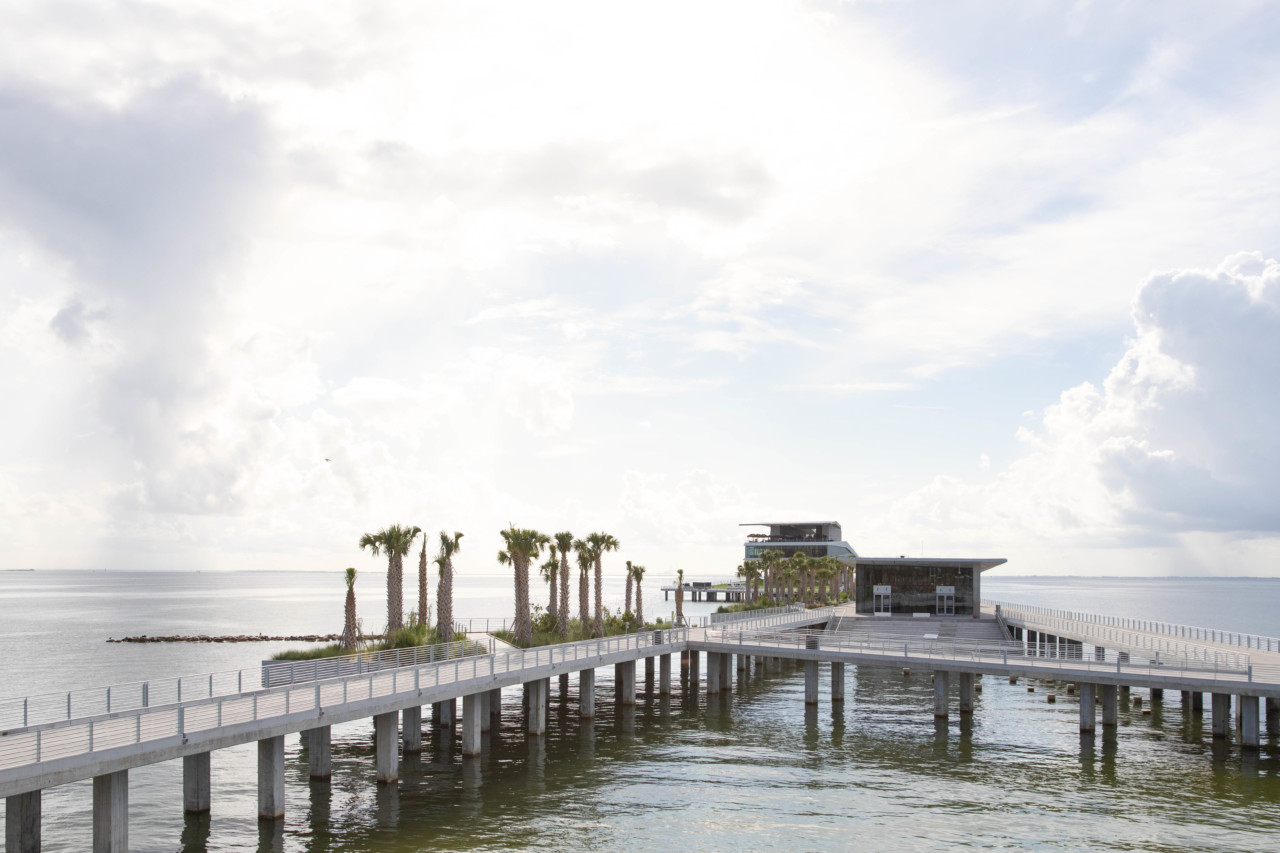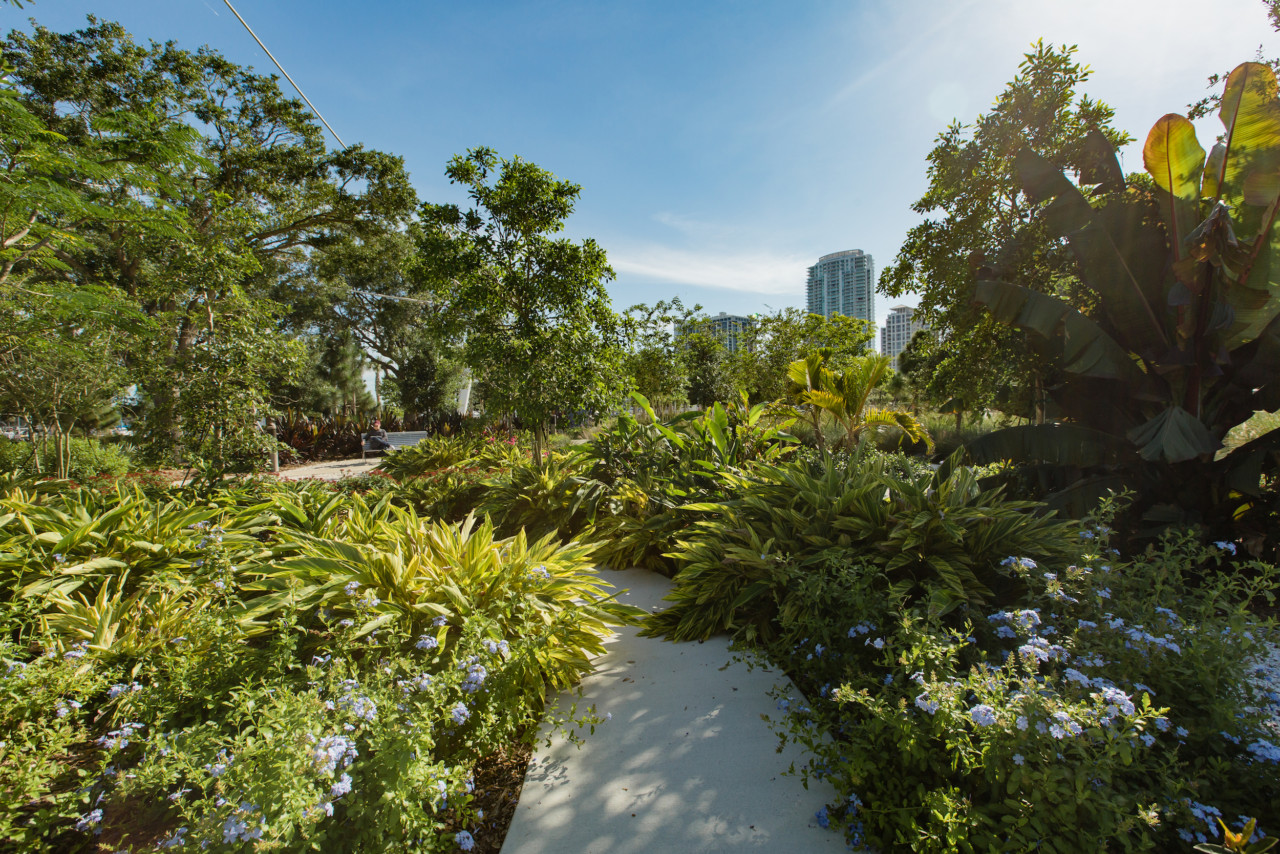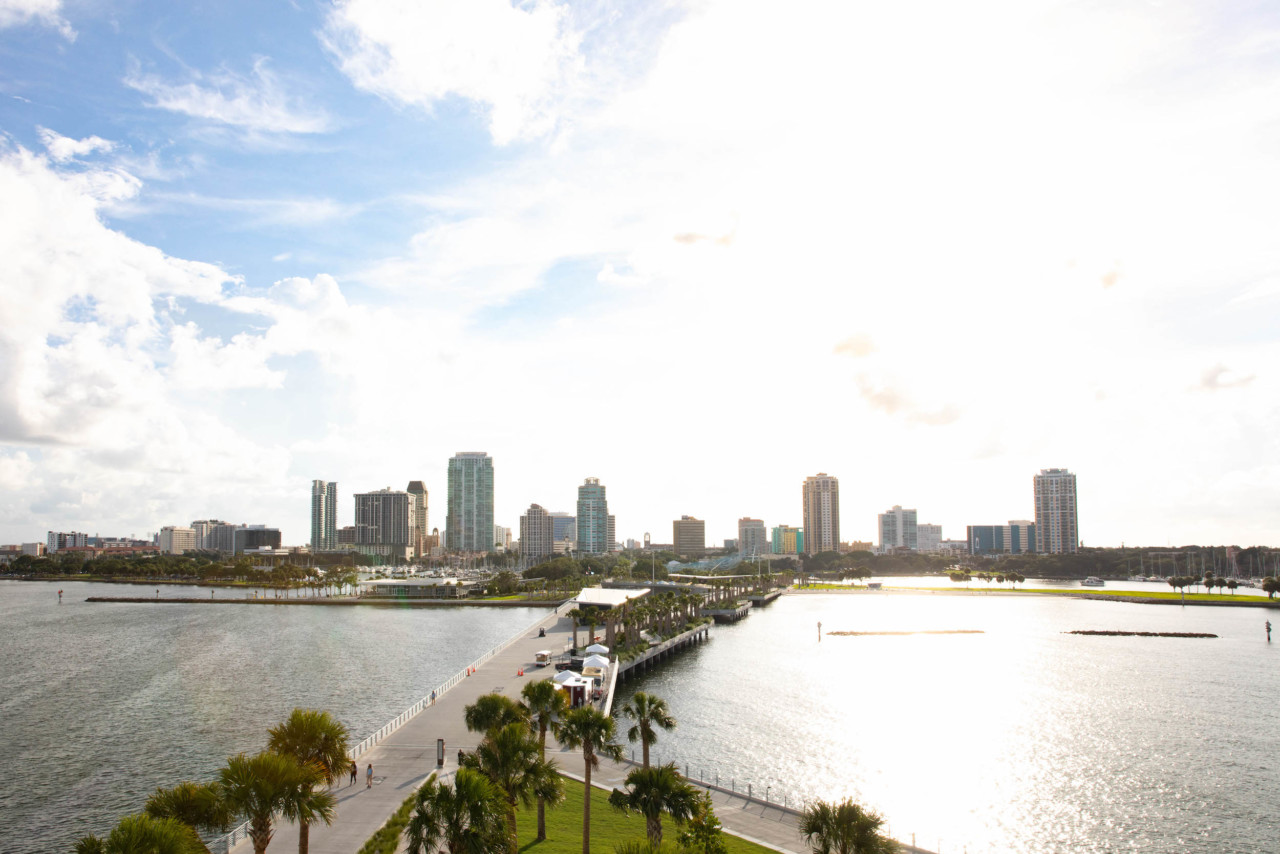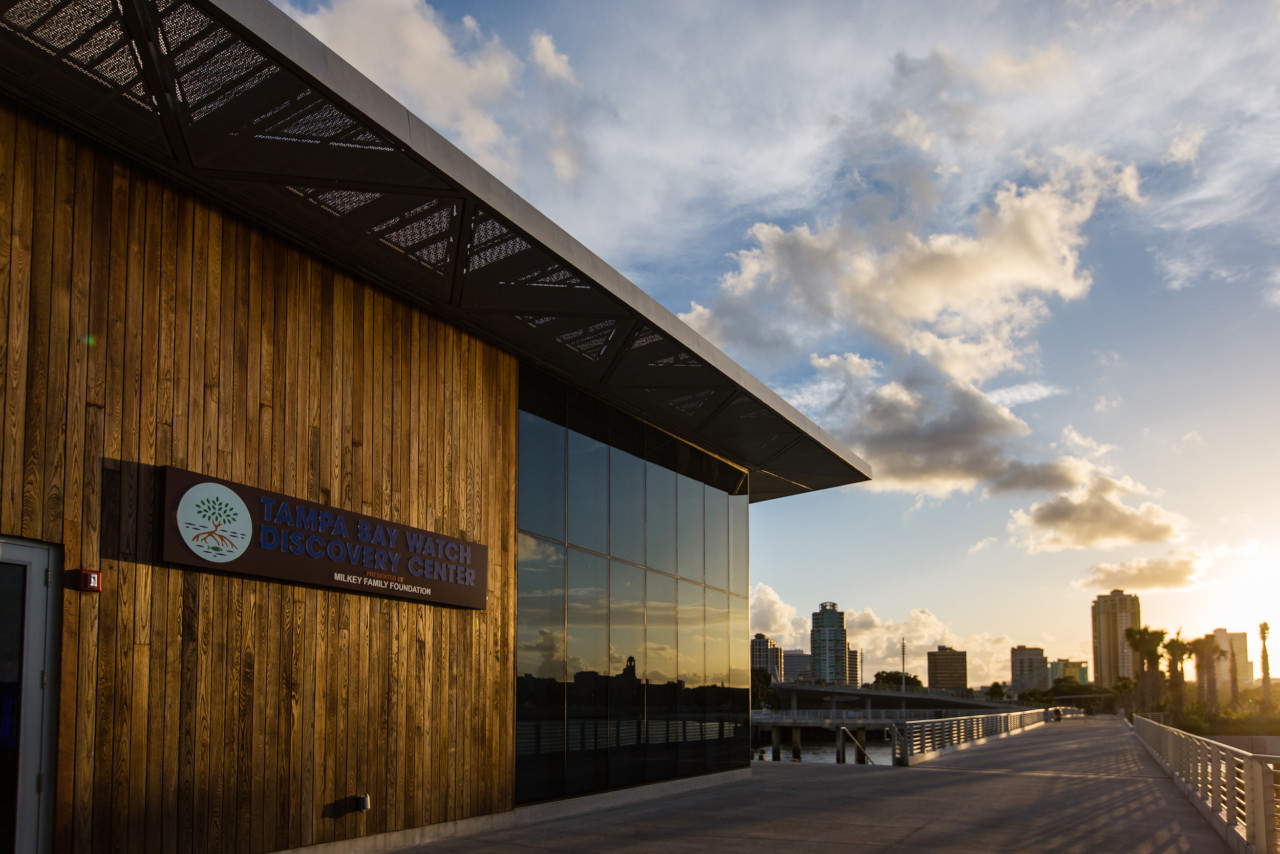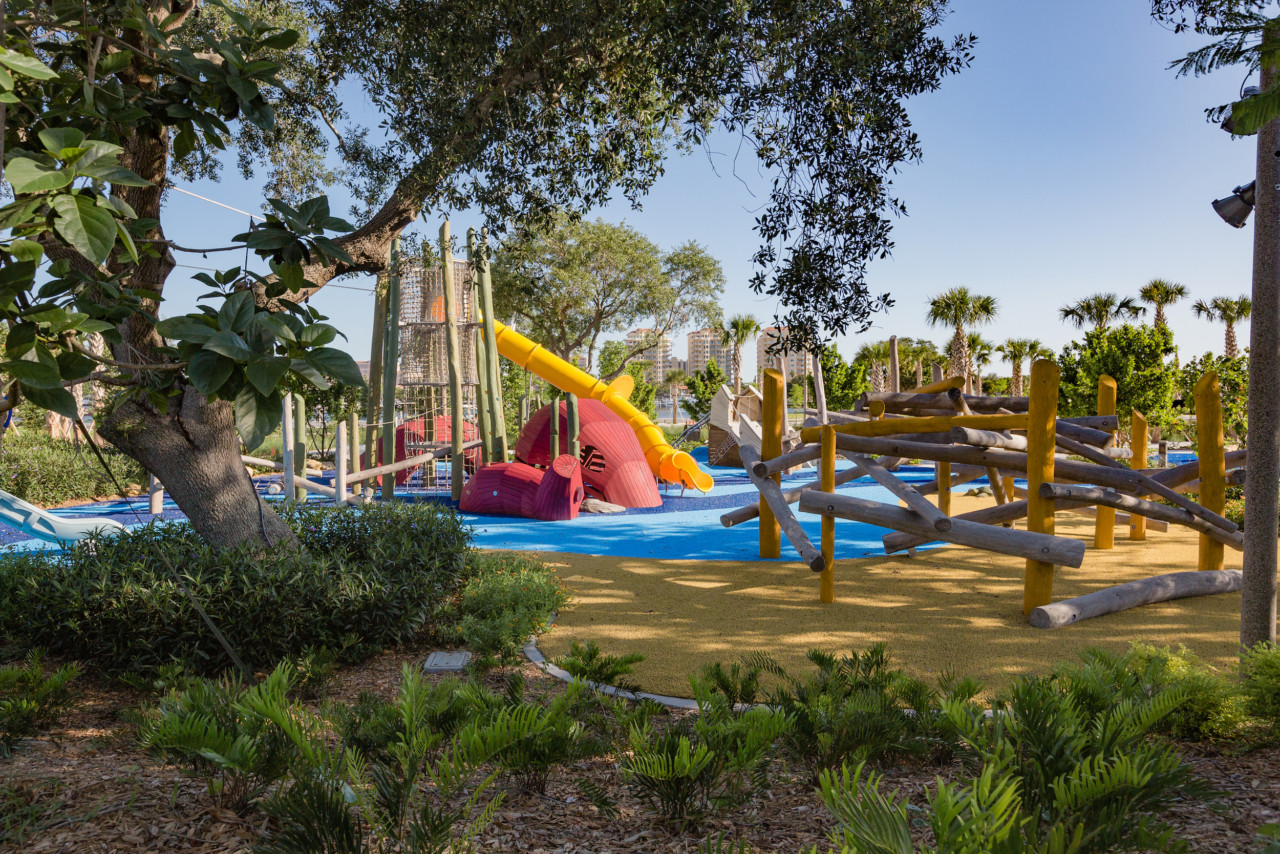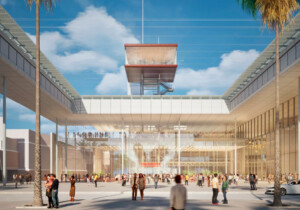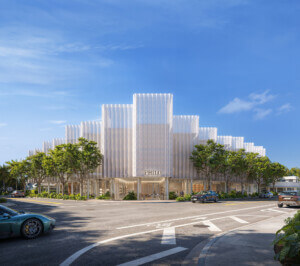With COVID-19 safety precautions strongly encouraged (and reservations, for now, required), the city of St. Petersburg, Florida, has opened the new St. Pete Pier and adjacent entertainment/cultural district to the public. The long-awaited $92 million project encompassing 26 acres of revitalized and reactivated Tampa Bay waterfront was slated to make its public debut in May but was pushed back to early July so that work could be finalized on various elements that had been slowed by the pandemic.
The new pier and district, designed by Rogers Partners in collaboration with Ken Smith Workshop and ASD|SKY, with Skanska USA serving as lead builder, includes a slew of attractions and amenities both offshore and on terra firma including an environmental learning center, a $1 million playground and splash pad, a handful of spiffed-up waterfront bars and restaurants, an open-air seasonal marketplace, a sloping lawn, a fishing deck, a linear walkway through a densely planted coastal thicket, a public beach area, a comfort/concessions pavilion, and signature art installations from the likes of Janet Echelman, Xenobia Bailey, Nick Ervinck, and Nathan Mabry. A tram services the entire complex, commencing onshore near the St. Petersburg Museum of History and terminating at the pier’s end where, among other things, visitors will find a multi-level pier head that includes restaurants, retail, and a rooftop tiki bar.
The pier itself, a 1480,000 square foot concrete deck supported by over 400 concrete piles, is the latest incarnation of a municipal recreational pier to grace the site over the last 130 years.
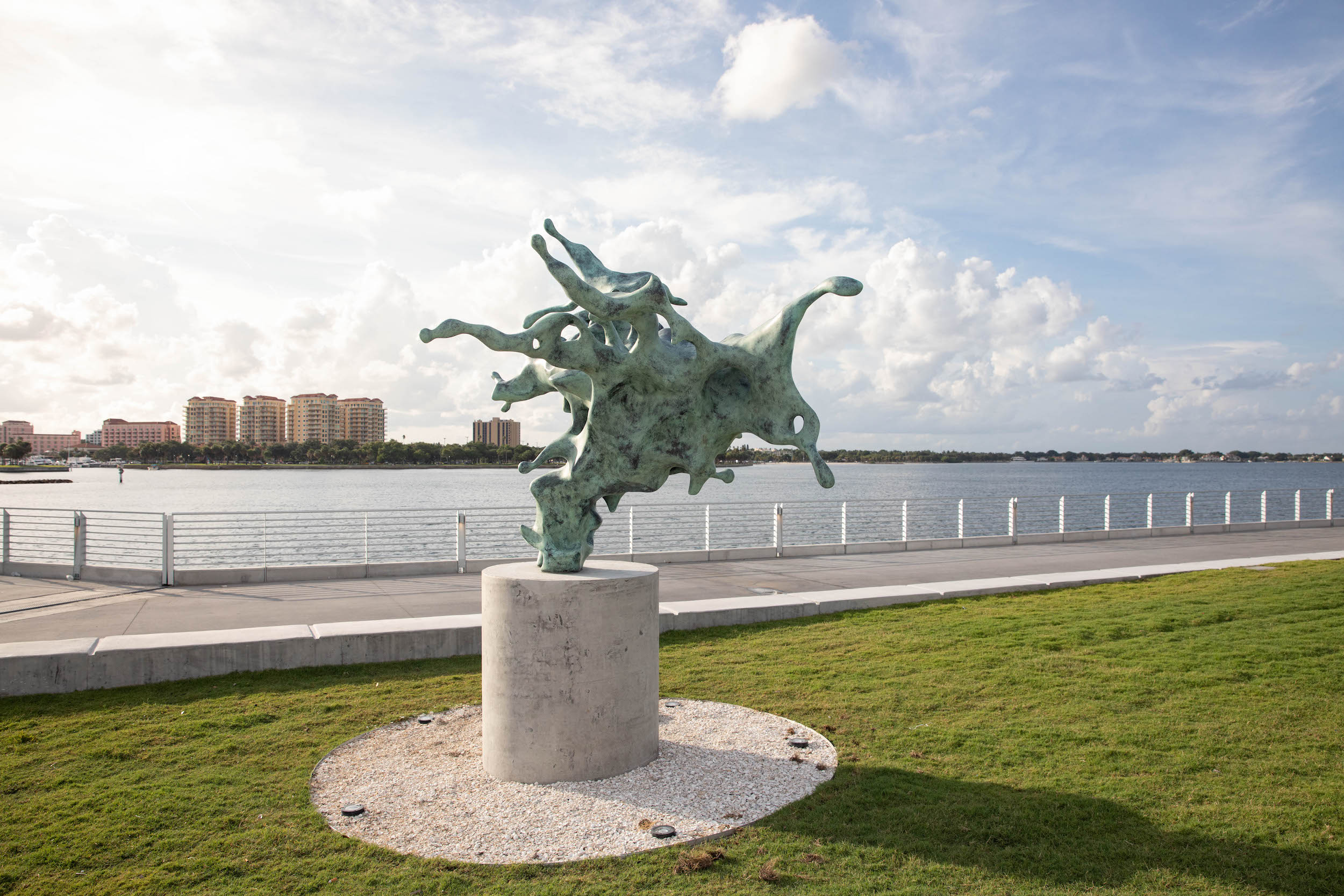
AN has reported on the creation of the revamped St. Pete Pier at various points throughout the decade-long process to replace its early-1970s-era, inverted pyramid-topped predecessor. (Said inverted pyramid was demolished in 2015), and it’s been quite the journey.
In 2006, plans were first hatched to invest $50 million in the restoration of the aging 1920s-era pier head, although that idea was ultimately nixed in 2010 in favor of fully tearing down all existing infrastructure and starting from scratch. An international design competition was then held seeking replacement piers. Lauded Los Angeles-based firm Michael Maltzan Architecture (MMA) was selected by the competition jury to lead the redesign with its “Lens” proposal, beating out other shortlist contenders including BIG and West 8. Residents of St. Petersburg, however, reacted unfavorably to MMA’s vision for the city’s much-beloved pier and voted it down in a referendum. Just a year (and $5 million in investments) later, the plan was scrapped and it was back to the drawing board.
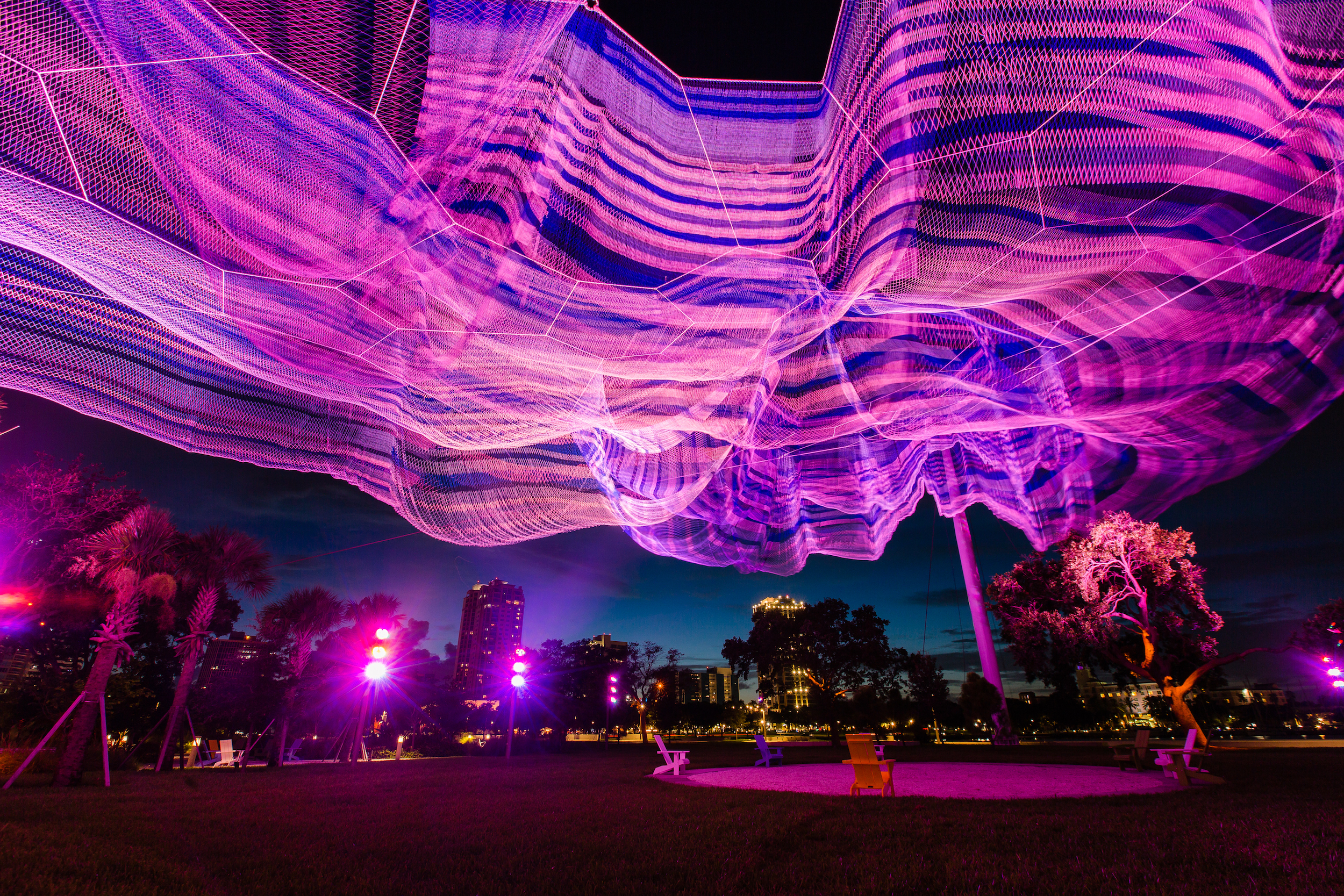
In late 2014, another design competition was held with New York City-based Rogers Partners ultimately securing the bid. Landscape architecture firm Ken Smith Workshop, also based in New York, was selected to partner on the project with ASD|SKY serving as executive architect. The collaborative vision for St. Pete Pier eschewed the idea of creating another newfangled, standalone offshore destination jutting into the bay in favor of an expansive, multifaceted public space that serves as a natural extension of the waterfront (that also juts out into the bay). “The Pier does not take you to a place—the pier is the place,” as the firm described it. The plan was given the go-ahead by St. Petersburg City Council in July 2015.
“Seeing it get occupied is incredibly exciting,” founding partner Rob Rogers recently told AN. “The underlying premise is that it’s a piece of infrastructure that treats recreation and public experience as primary. And the offshoot of that is economic development, community interaction, environmental education—you get all these other pieces. And the architecture is, we believe, reasonably provocative but also highly performative.”
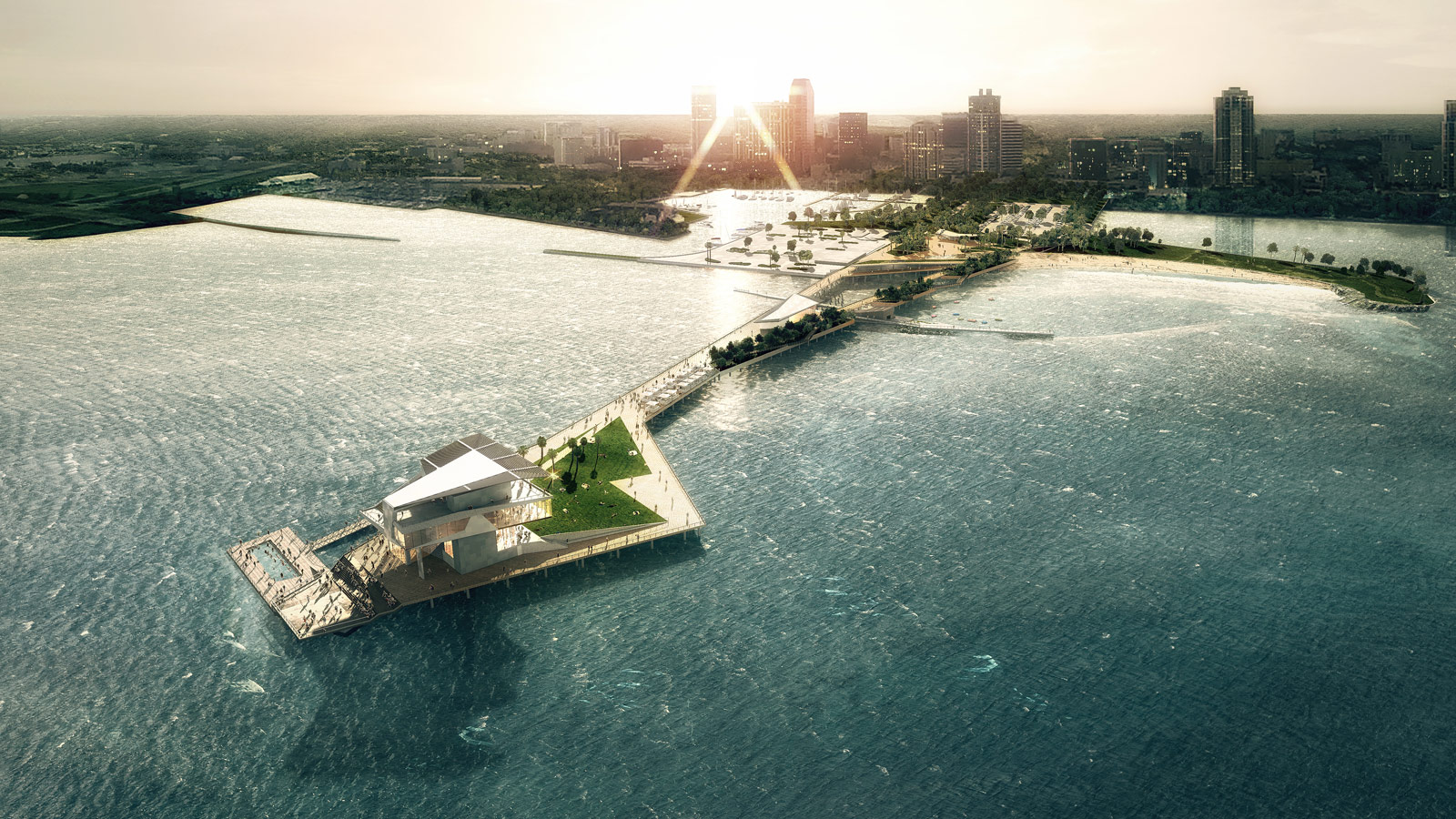
The firm’s official description of the project further details how the new St. Pete Pier differs from its predecessor and many other modern-day municipal piers, in general, which are often at a remove from the waterfronts that they extend from.
“The reimagined St. Pete Pier is a 12-acre armature of rich, local, and destination-based programming adaptable over time as recreation and quality of life grow and change with generations. Activities are diversified through flexible planning and programming that elevates and establishes a sustainable relationship between the natural and built environments.
The Pier extends the city’s green necklace of downtown parks and activities over the water, out onto the pier. Rather than a singular and heavily programmed destination at the pierhead, our design is a platform for a multitude of smaller and more flexible programs and experiences for both tourists and the local community—from children to seniors, nature lovers to boaters, fishermen to fine diners. It is a hub for activity from start to finish.”
Describing the multitude of new programs and experiences leading up to the pier’s terminus as being “radically available to the local population with convenience and easy access,” Rogers went on to note that one of the more “delightful” differences between the old and new piers is that the former is “sort of where you took grandmother on Mothers Day or went to on graduation if you were a local” while the latest manifestation will be, in his estimation, “swamped with local participants all the time … and the tourists will come.”
As mentioned, St. Pete Pier is now officially accessible to the public (the opening was more “quiet” than grand) with various health and safety measures in place to adhere to current CDC guidelines during the coronavirus crisis. In order to limit crowds and ensure social distancing, reservations were required to visit the pier and district during its opening week but that rule appears to have been lifted.
“It’s an odd thing but I think the COVID opening was actually not a bad thing because it was overwhelmed,” Rogers said noting the initial timed entry guidelines. “If you just had 10,000 people trying to get in there the minute it first opened, nobody would have a quality experience.”






